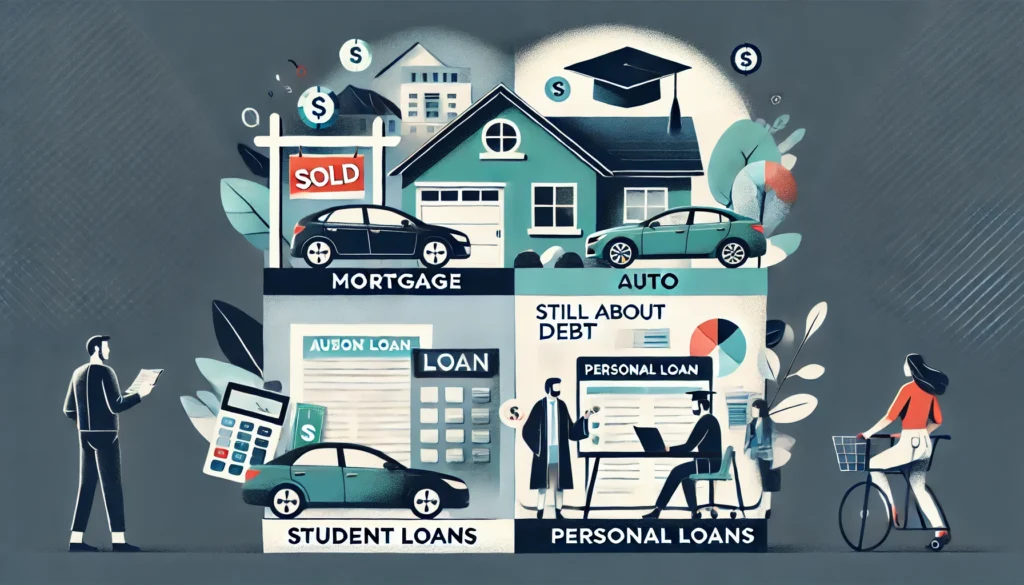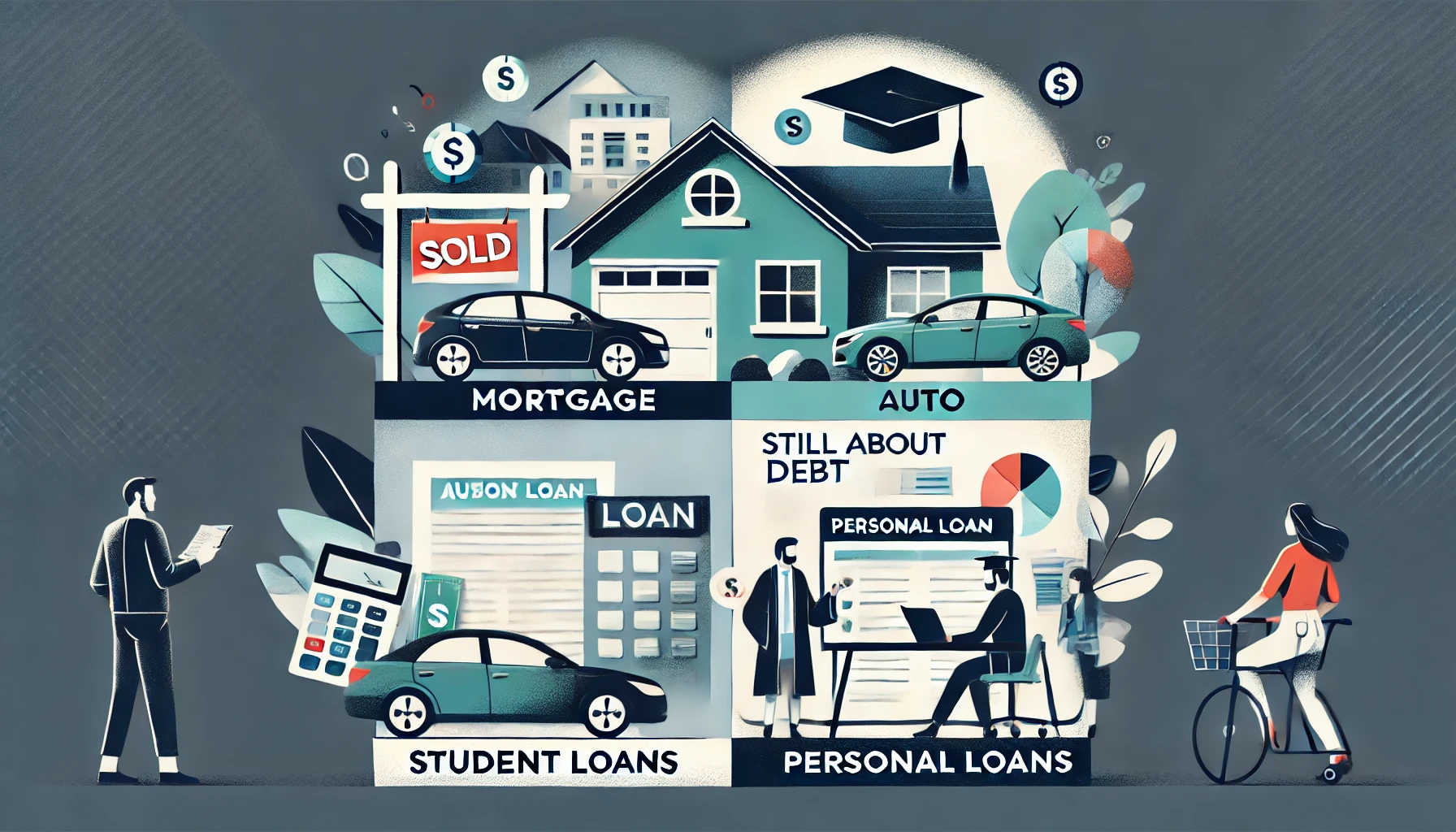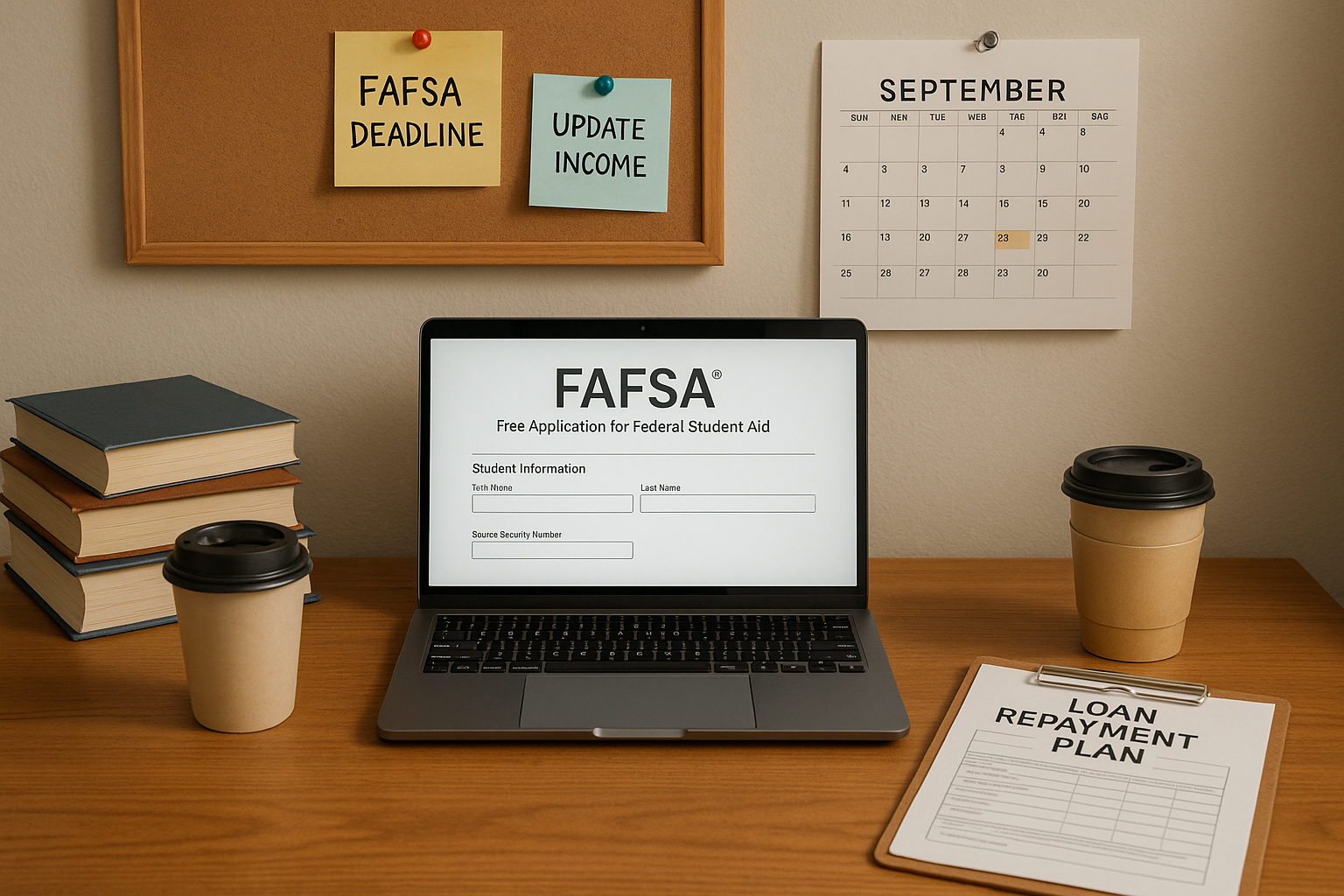
As young Latinos in the U.S., we are constantly balancing ambition with responsibility. We’re hustling, we’re advancing professionally, and we’re building a future that often requires smart financial moves – moves that frequently involve debt.
For our community, the stakes are high. Latinos have the highest labor force participation rate among all demographic groups in the U.S., which shows our work ethic and drive for economic success (“Latino workers”). However, we are also often starting from a position of less inherited wealth, making the strategic use of loans even more critical.
We know the word “debt” can feel heavy, but it’s important to understand this: Debt is a financial tool, and like any tool, its value depends on how you use it. The goal isn’t always to avoid debt entirely, but to choose “good debt” that secures assets and opportunity, while avoiding “bad debt” that only fuels consumption.
Let’s break down the four most common types of debt you’ll encounter on your financial journey in the U.S. and how to choose wisely.
1. Mortgages: Your Investment in Patrimonio (Wealth)
A mortgage is a loan used to buy real estate: a home, an apartment, or even a plot of land. For many in our community, homeownership is a cornerstone of the American Dream and a powerful way to build generational wealth, or patrimonio.
In 2024, the Latino homeownership rate reached a historic 49.9%, a sign of our community’s upward mobility (“Hispanic Homeownership Rate Hits Historic High in 2024”). A mortgage is considered “good debt” because it finances an asset that typically appreciates in value over time.
Key Features to Know:
- Secured Loan: The property itself serves as collateral. This is why the interest rates are generally lower than unsecured loans.
- Term Length: Typically 15 or 30 years. A shorter term means higher monthly payments but significantly less interest paid over the life of the loan.
- Down Payment: This is the initial amount you pay upfront, usually 3% to 20% of the home price. Programs exist for first-time buyers to lower this barrier.
2. Student Loans: Investing in Tu Carrera (Your Career)
Student loans are specifically designed to cover the costs of higher education, from tuition to living expenses. For many of us, a degree is the essential bridge to professional success and a higher income bracket.
Relevant Data Point: Latinos are the fastest-growing demographic group in postsecondary education in the U.S., making these loans a common part of our financial reality (“Hispanics and Higher Education”).
Types and Key Features:
- Federal Loans: Issued by the government. These often offer lower interest rates and crucial flexible repayment plans (like income-driven repayment) and are often the safer choice.
- Private Loans: Issued by banks or private lenders. These typically have higher interest rates and less flexible terms, and their rates heavily depend on your credit score.
3. Auto Loans: Getting to the Trabajo (Work)
An auto loan is used to finance the purchase of a car, which is often a necessity, not a luxury, in the U.S. to get to work or school. This is also a secured loan, with the vehicle serving as collateral.
The Reality Check: Cars are a depreciating asset, they lose value quickly. This makes it crucial to borrow only what you need and for the shortest term you can comfortably afford.
Tips for Smart Auto Financing:
- The Down Payment: Pay as much as possible upfront to reduce the total amount you borrow and, therefore, the interest you pay.
- Loan Term: Shorter terms (3-5 years) are better than longer terms (6-7 years), even if the monthly payment is slightly higher. You save a lot in interest.
- Secured Nature: Know that if you stop making payments, the lender can repossess the vehicle.
4. Personal Loans: The Flexible, High-Interest Option
Personal loans are unsecured, meaning they do not require collateral (like a house or car). They offer maximum flexibility and can be used for anything from medical bills to consolidating higher-interest debt (like credit cards).
The Caution: Because they are unsecured, they present a higher risk to the lender. As a result, personal loans almost always have the highest interest rates among the four types of loans we’ve discussed.
Key Features:
- Fixed Repayment: They come with a fixed term, usually between one to seven years, giving you a predictable payment schedule.
- Credit Score Impact: Your interest rate is heavily dependent on your credit history. A strong credit score is essential to secure a manageable rate.
Your Financial Strategy: Choosing Your Debt Wisely
We, as a community focused on moving forward, must approach debt not with fear, but with strategy. Before you sign any loan agreement, ask yourself these crucial questions:
- Is this debt an asset-builder? Is it helping me secure something that will increase in value (like a home) or earning power (like education)?
- What is the Total Cost? Don’t just look at the monthly payment. Calculate the total interest you will pay over the life of the loan.
- Can I afford this comfortably? Your monthly debt obligations, excluding a mortgage, should ideally not exceed 20% of your take-home pay.
Managing debt responsibly is a core pillar of building wealth in the United States. By understanding these four types and using the data-driven ambition that defines our community, we can turn necessary debt into a springboard for long-term success.
👉 Ask Gabi anything, anytime.
Stay tuned! We got you!








